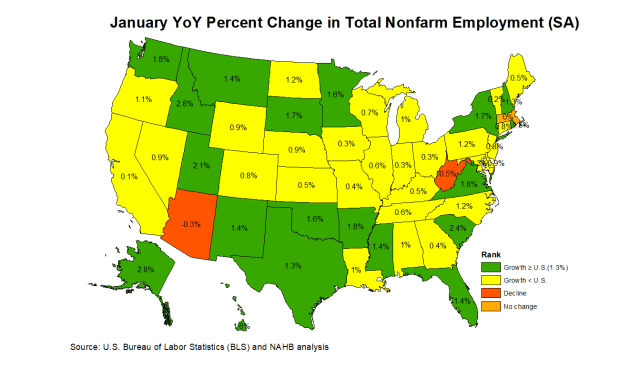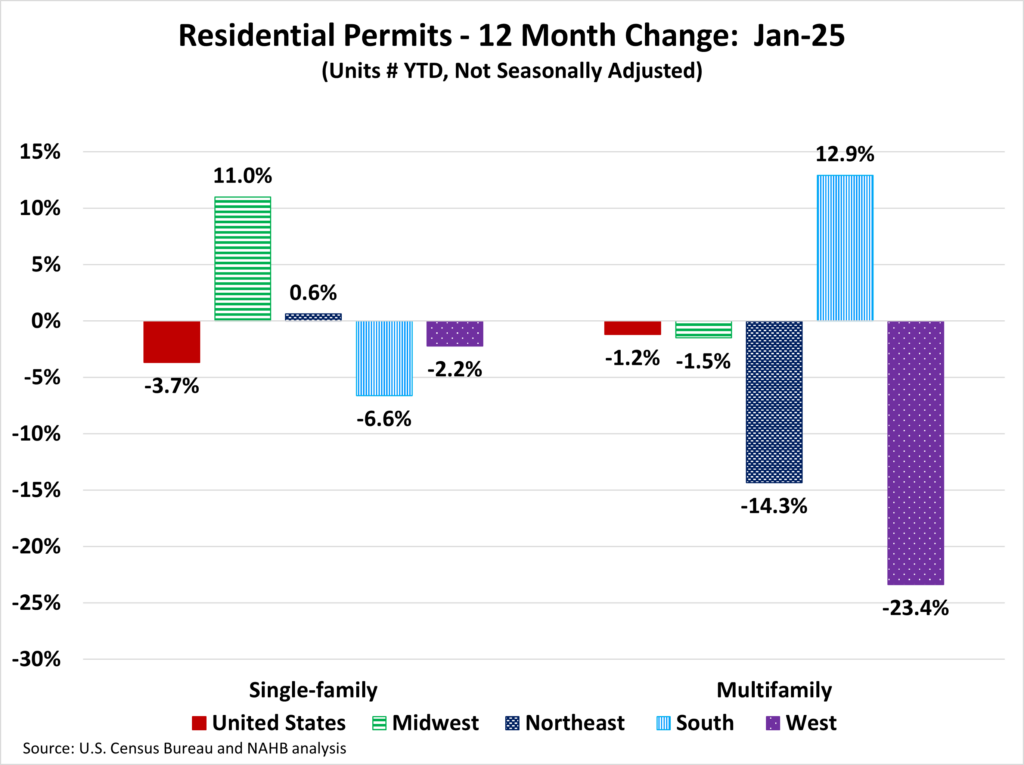Housing Starts Up in February as Builders Still Contend with Rising Costs
Diana Carroll2025-03-18T09:17:22-05:00Limited existing inventory helped single-family starts to post a solid gain in February, but builders are still grappling with elevated construction costs stemming from tariff issues and persistent shortages related to buildable lots and labor.




